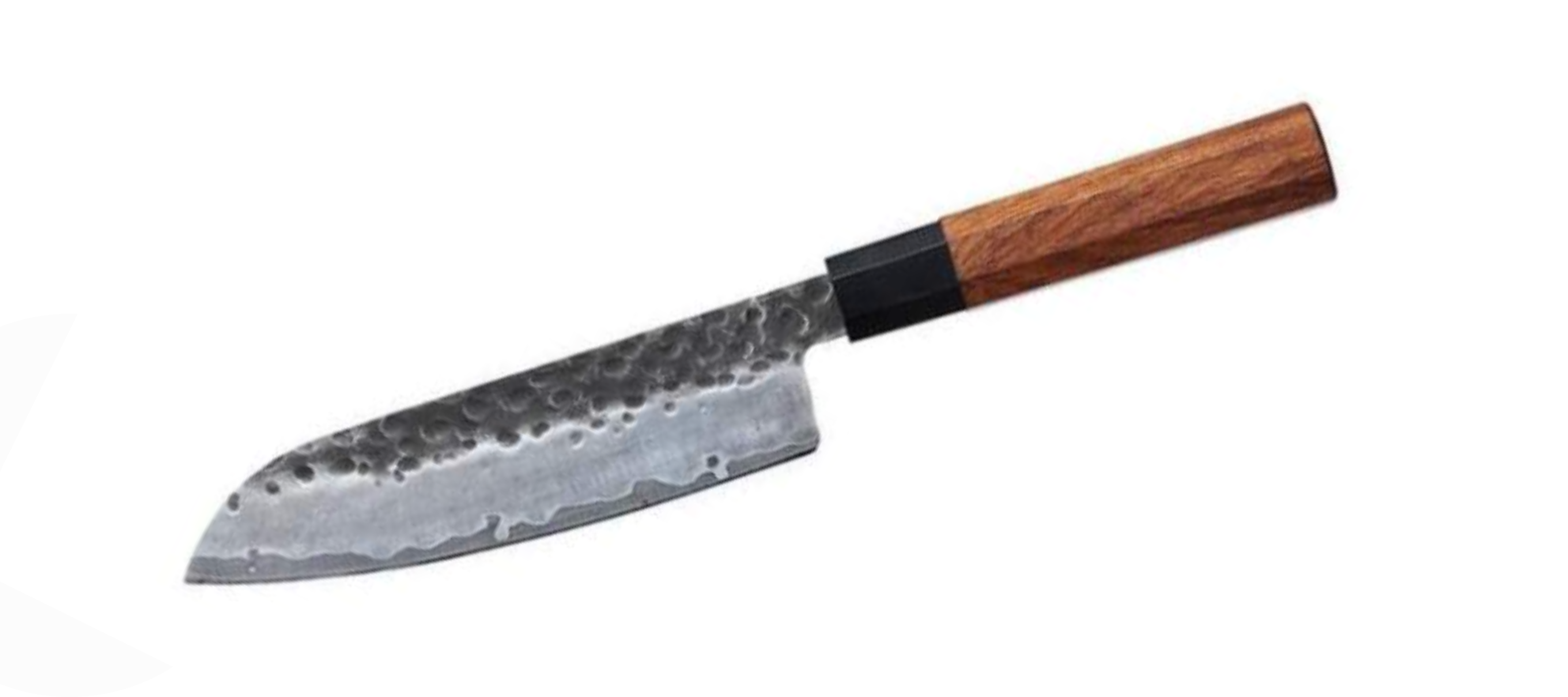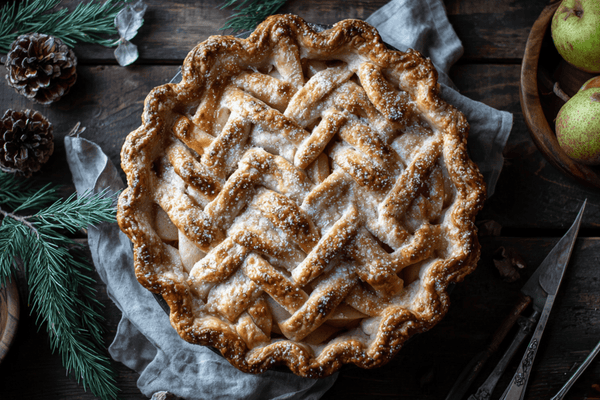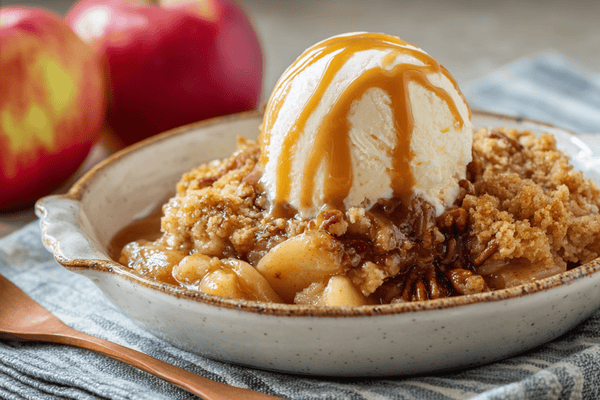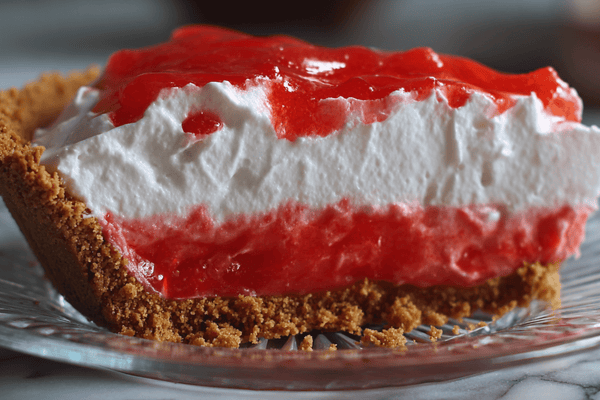
Even a cooking novice would be able to tell you that Japanese kitchen knives have a reputation for being razor sharp, super precise and super-efficient. This is one of the reasons that Japanese knives are favoured by so many chefs around the world; even far outside the boundaries of Japan. But what is it that makes them so good and why are they considered by many to be better than their European counterparts?
Japanese knives are much more than just a piece of kitchen equipment and are crafted with precision and passion. Many people in Japan, and beyond, would consider these utensils to be a work of art and with hard steel and a super sharp blade, they offer an amazing performance that European knives, or German or Western knives as they are sometimes referred to, simply cannot compete with.
That said, if you want to become the proud owner of a Japanese knife, you will need to be prepared to take good care of it. Since these knives are so expertly made, it doesn’t come as a surprise that they require a good deal of maintenance lest they fail to perform as expected.
Table of contents
Japanese Knives vs European Knives
If you have been weighing up your options and trying to decide on the best knife for your kitchen then you may have narrowed it down to a Japanese knife or a European knife; often called a German knife or Western style knife. There are several significant differences in terms of the blade so let’s take a look at these in a little more detail.
Type of Steel

In knife making, the hardness of the steel will tell you how long the knife remains sharp. This is because harder steel is considered to be of a much higher quality and so is better able to retain its sharp edge longer. Steel hardness is measured using the Rockwell hardness scale and when purchasing a European knife, the steel may be anywhere between 54 and 58 on the Rockwell scale. On the other hand, a Japanese knife is typically made with steel that measures between 58 and 65 on the scale, making it much better quality.
However, you should keep in mind that harder steel is much more vulnerable as there is not as much flex in the blade. If you do not use the knife correctly, it isn’t difficult to damage it.
Blade Thickness
Another key thing that sets Japanese knives apart from their European cousins is that the thickness of the blade is different. Blade thickness is measured along the spine as blades typically start to become thinner towards the sharp edge.Due to the Japanese craftsmanship and forging techniques, Japanese knives often have thinner bladed than a German one meaning that the knife maker can ensure maximum sharpness. This again makes the blade vulnerable to damage but when used correctly, this shouldn’t be a problem. Moreover, having thinner, Japanese steel blades make the knives much more lightweight and comfortable to use. The thicker blade of German kitchen knives is better-suited t when more power is needed, such as with butchery.
Sharpening Angle
The cutting angle of a Japanese style knife is typically much smaller than a European one at around 15 degrees. This is because the thinner blade can be much more intricately sharpened. On the other hand, a European knife has an angle of 20 degrees but you must account for this on both sides making it 40 degrees in total while the Japanese knife is just 30 degrees in total.Being much thinner and with a better angle, Japanese knives are ideal for slicing and dicing and they offer very little resistance making them ideal for more precise cutting. Of course, due to their vulnerability, they should not be used for heavy-duty cutting tasks like bones or dense meat.
Moreover, since the sharpening angle is much finer and the knife less resistant, you will find it much less stressful on the joints and muscles in the hands when using this type of equipment and allows for more controlled movements. This is a must for people who spend a lot of time in the kitchen. With all that said, the sharpening technique for Japanese knives does take a bit of practice.
The Handle

Most Japanese chef knives are fitted with wooden handles and this is another aspect that causes them to be seen as a piece of art. It is not often that you find their western counterparts with a wooden handle simply because this requires much more maintenance.
If you are looking for a kitchen knife that looks just as good as it performs then this wooden handle might be the deciding factor.
A full tang handle will give you even more stability and control over the blade. Full tang construction allows for the steel of the blade to continue to the very end of the handle materials. As the steel runs right through, you have maximum control over the entire cutting edge fo the blade.
So, Is a Japanese Knife Better Than a European Knife?
Traditional Japanese knives are incredibly sharp and will cut with unparalleled precision. This makes them a popular choice. They have hard steel blades that retain their sharpness far longer than a European blade but we must keep in mind that sharpening Japanese knives is trickier owing to the finer angle. When well maintained, this type of knife will last for many years.The one major disadvantage of the Japanese kitchen knife is that the blade tends to be more vulnerable to damage owing to the hard, less flexible steel. This means that these knives can’t typically be used for heavy-duty tasks like boning. In this case, using a strong European knife would likely be the best option.
Final Thoughts
Japanese knives are widely considered to be among some of the best in the world. They are super sharp and can cut with ultimate precision. While they are much more vulnerable than a European knife, they tend to retain their sharpness much better and are ideal for day-to-day kitchen tasks such as slicing and dicing. The effort and dedication that goes into producing these beautiful knives are second to none, and master craftsmen have honed the skill over thousands of years so that the knives that come out of Japan today offer amazing performance.


